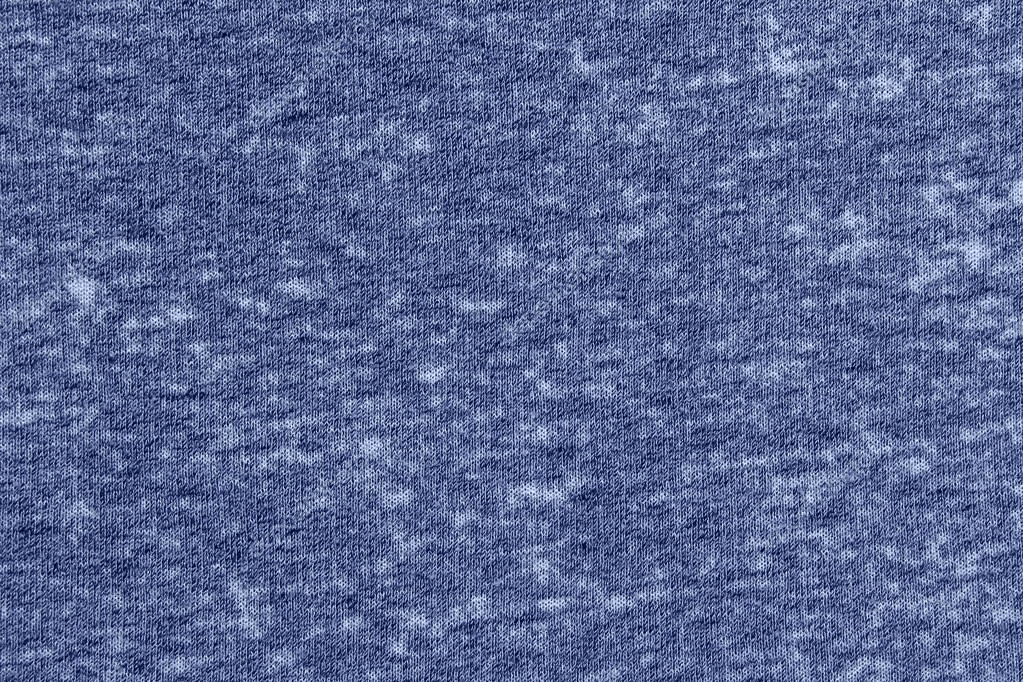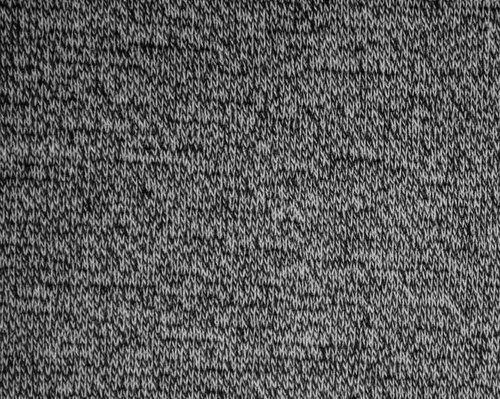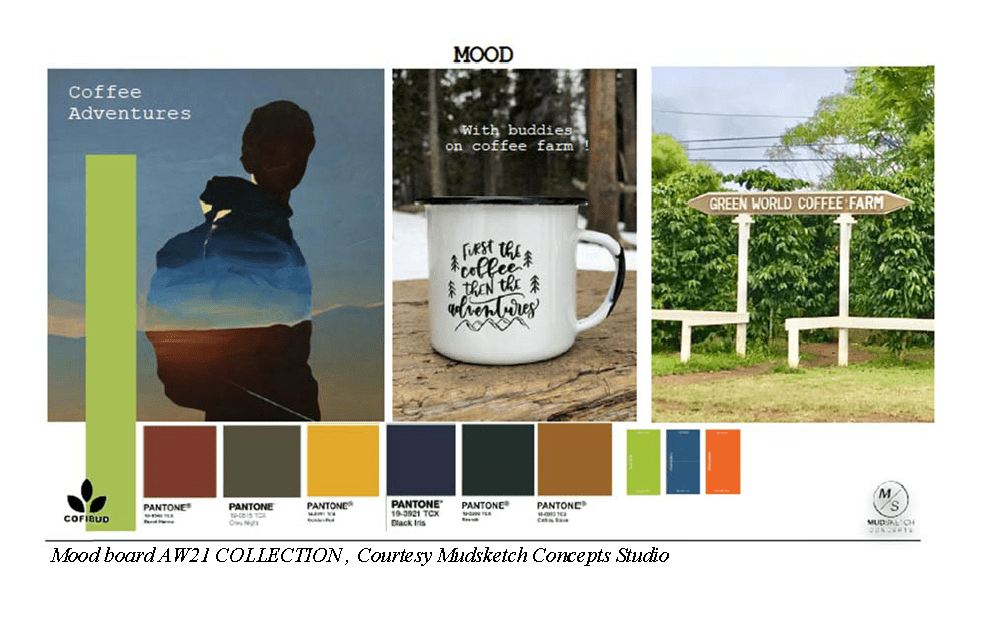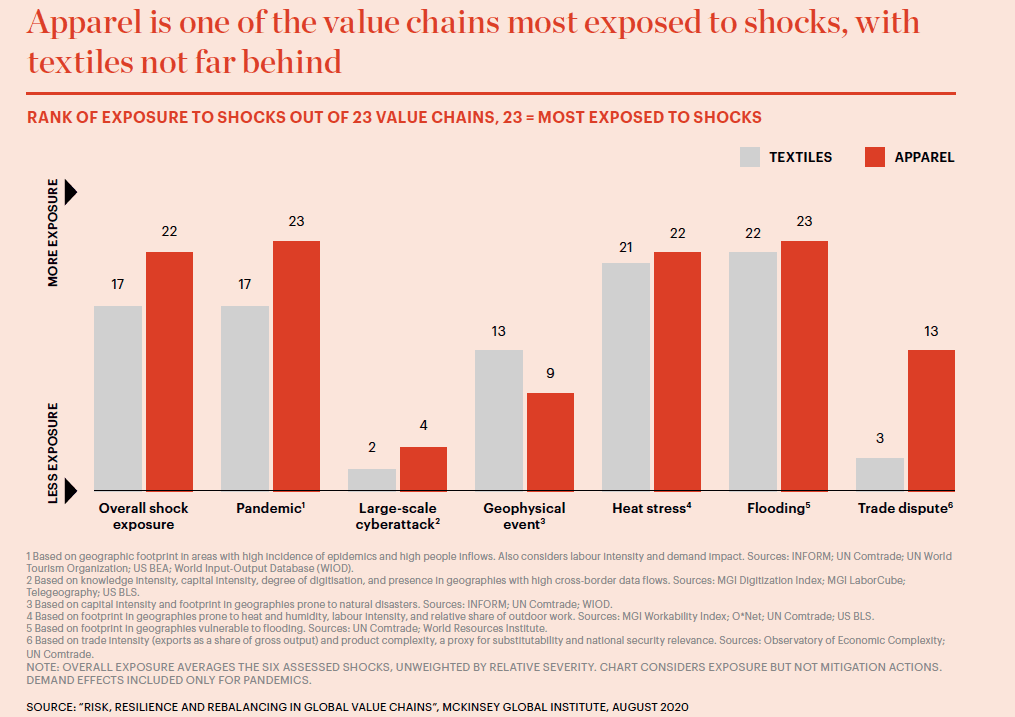IMPORTANCE OF TEXTILE & APPAREL DESIGN IN VALUE CHAIN
Value chain in the Textile and Apparel Industry is typically defined as a series of functions like – Design, product development, production, marketing, and Sales. At every stage, some value is added to the product and hence the name Value chain. Design is the most important function of the value chain as here it all starts. Final products will have an edge over the competition if the products are designed uniquely.
The Textile and Apparel Industry value chain is quite different from all other industries as it involves not only process but also human emotions. It’s a beautiful combination of both art and science. Here the buyers drive the value chain by their choices.
PROCESS OF ADDING VALUE
The textile and Apparel Industry caters to enhance the lifestyle of consumers and the process of value addition began at the Design stage itself. The creative process remains similar to both Textiles and apparel and they work in tandem to create a product or collection.
Textile designers work with fibres, yarns, prints, and patterns to create textiles. While Apparel designers work with looks, fits, and silhouettes.
There are many ways textile designers can add value to the product like blending different fibres to make yarns unique, Melange, Space-Dyed, Injected Slub, etc all of these are good examples of value addition that makes the end product unique.
 |
 |
 |
 |
Apparel designers take these value-added designs forward and use them to create apparel.
There is some common process like Mood and Colour board as shown below, Apparel designers add value with the help of details, trims, fits and looks.

For effective value addition, designers need to be aware of the target market, consumer profile, and cost targets. Industry’s first step to creating a valuable product lies in how you design it on the drawing board. We can see the whole design process is working very well at Birla Cellulose Liva design studio.
Design process consists of 5 major steps –

last decade cannot be the pace that we have in the coming decade. We have to speed up changing the system [in terms of sustainability]so that people can continue-to express themselves through fashion and design
Helena Helmersson Chief Executive,
H&M Group
Methodology designers follows is starts with –
Trend forecast – Trend and material forecast is needed as the timeline from start to the end is sometimes 2 years. With the help of Trend Forecasting, we can predict the future and take a calculated risk
Material boards – Selection of the right materials for designing a product is crucial to get the impact in the value chain. Selection of material and value add is done keeping in mind the end consumer needs. These value additions can give an aesthetic, tactile or functional benefit, contributing to the value chain.
Mood and Colour Board – It is a designer’s tool to get inspiration and helps to tell a story. Colours are the most important value addition which gets extracted from the mood board. It’s also crucial that designers are aware of the kind of colours they are using, colouring materials can be very harmful to the environment if not controlled properly.
Mood board also provides the initial concept for the communication design helping the sales component of the value chain.
Fabric board – Patterns and prints add a lot of seasonal trends to the collection and add value to the product.
Sampling – Designers normally work on making a sample to see how the final product going to look. It also needed to take feedback and do a user trial before the bulk.
Quality and design are the two parameters that define the value of the products at the end of the value chain.
CONCERNS IN VALUE CHAIN
Designers need to deal with the concerns of value addition, especially around ethical issues in the design and development of a product.
The textile and Apparel industry is infamous for many unethical practices, unfair wages, inequality, waste management, child labour, etc. But each step of designvalue addition there is an effect on the environment which designers need to deal with, especially the use of materials, the chemical used in dyes, and processes.
Consumers are not only demanding good looking products and functionality, but also need sustainable materials.
Designers can drive sustainable design practices by selecting the appropriate materials, dyes, and chemicals for their value addition.
There is another concern which designers also need to address from the beginning of the design process is, how to build circularity in the product.
Initiatives like Jeans redesign and even mass fashion retailers like H&M are making sure the whole value chain is sustainable.
FUTURE OF DESIGN IN VALUE CHAIN
New challenges we faced during the pandemic have disrupted the whole value chain, design also had to evolve to keep up the “NEW NORM”. Textiles and Apparel value chains are one of the most affected by the shocks and the current events created some major challenges which are shaping the future for the industry.

Travel restrictions and market closure accelerated the shift to digital solutions like digital swatches startup Indikon is helping the industry to make swatches more realistic online, KG Fabrics has provided all of the fabrics as the digital showroom and 3D design software startup like 3D CLO, Brozwear and Optitex are helping design and the whole value chain to go online. Other start-ups like virtual fitting 3D look and texel are helping to reduce processes where physical presence is needed.
These design innovations are not only disrupting the design process in the value chain but also redefining the sustainable aspect.
In the current situation, consumers are looking for value for the money. As the new way of working is consolidating, we need a different kind of design and functionality. A hybrid lifestyle needs a different types of features and hence the whole value chain is being redefined. Trends like 2-mile wear and athleisure are redefining the design process and whole value chain.
Designers are keeping in mind the online future of shopping, and making adjustments in value addition for screens of mobile and laptops. Technology is helping to bring innovative solutions into the value chain, like on-demand supply and co-creation with consumers. Organisations like US retailer Target’s Design For All is adding design co-creation in the value chain to make sure that the products are designed keeping the end-user in mind. This way they are not only making their consumer base broader but also are mitigating the risk.
Apparel styling Startups like YellowBacks are using Artificial Intelligence and Machine Learning to create a design modal in which fashion influencers are working with designers to create a more accurate trend forecast. This when used effectively can pinpoint trends and reduce wastage.
Design as function is known for its adaptability in the whole value chain. With the new tools of technology designers are ready to provide the solutions which were not possible earlier. We can be confident that the Industry is going towards much greener and well planned future.
Author:

Mr. Amrish Shahi
Chief of Styling & Design
YellowBacks.com

